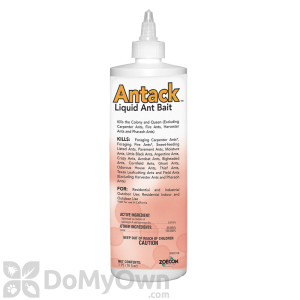Pharaoh Ants
Identification & Biology
Physical Appearance
- The Pharaoh Ant is very small, about 1/16th inch long
- Color is light-yellow to red with black markings on the abdomen
- Pharaoh Ants have two nodes between the abdomen and thorax
- Pharaoh Ant workers are all the same size
- Pharaoh Ants have a 12-segmented antenna ending in a 3-segmented club.
- The Pharaoh Ant is often confused with the Thief Ant, which is also small and yellow, however the Thief Ant has only a 10-segment antenna ending in a 2-segment club.
Habitat/ Nesting
The Pharaoh Ant is found throughout the United States but is most heavily concentrated in the southern half. Pharaoh ants love to build nests in the dark voids of a structure including wall and cabinet voids, behind baseboards and insulation, and inside hollow shower or curtain rods. They may also be found in stacks of newspapers. Outside, Pharaoh ants nest most commonly among leaves, in potted plant soil, and in rain gutters.
Feeding Habits
Pharaoh ants feed on a variety of foods including honey, jelly, peanut butter, shortening, corn syrup, grease, sweet, sugary foods, and dead insects.
Reproduction
Pharaoh Ants mature from egg into fully-grown adults in about 45 days. The reproductive female may live up to 39 weeks and lay as many as 400 eggs. Worker ants live only about 10 days.
Damage
In addition to getting into foodstuffs, Pharaoh Ants have been known to gnaw holes in rayon, silk, and rubber items. Pharaoh Ants are also capable of transmitting diseases and contaminating sterile materials.
Basic Control Methods
- Wait, don't spray! With Pharaoh ants and most ant species, the use of dusts or residual sprays will only cause stress on the colony, causing it to split into a larger number of sub-colonies. This will actually worsen the infestation.
- Better to Bait- Baiting is preferred and a far mare effective method of control than spraying or dusting. Try one of these baits labeled specifically for Pharaoh Ant control:
For more detailed information on Pharaoh Ant prevention and control, see How To Get Rid of Pharaoh Ants






